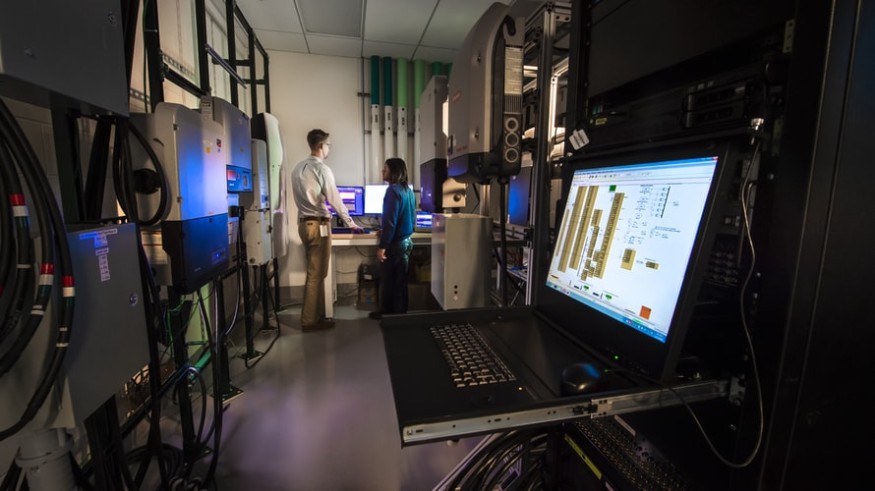New Inventions to Help Fight Spread of COVID-19 Indoors
Researchers have developed new inventions that can help fight the spread of coronavirus disease 2019 (COVID-19) indoors. This came after the World Health Organization (WHO) updated its guidelines and included possible airborne transmission of the virus.

WHO recently acknowledged the possible airborne transmission of the coronavirus after over 200 scientists and researchers signed an open letter, asking the organization to acknowledge airborne transmission of the coronavirus.
There are three basic safety and health protocols that must be strictly followed, while pharmaceutical companies, researchers, and scientists are still developing the COVID-19 vaccine. These are wearing of a face mask, social distancing, and proper handwashing.
But are these interventions enough as millions are now going back to work and some countries are even planning to have in-person classes? Will there be new policies, wherein these basic safety and health protocols will be followed?
After more than 200 scientists wrote an open letter to WHO, researchers are now increasingly looking at the pandemic through the lens of engineering. They are now devising ways to make indoor activities safer.
Here are some of the new inventions that would help stop the spread of the virus in an indoor setting:
Heated Nickel Air Filters
Researchers have designed a heated nickel air filter after medical experts were alarmed that the virus spread during a choir practice in the state of Washington. The microdroplets carrying the virus reportedly remained suspended in the air. This means that airborne transmission was detected.
High-Efficiency Particulate Air Filters
This technology first came into the market during the 1950s. This is widely used in hospitals, biocontainment labs, and airplanes. This technology uses a fan that draws the air through felt-like filters to capture the microbes or the suspended aerosol.
However, the filters must eventually be incinerated or autoclaved because they become contaminated over time. Moreover, new research has now demonstrated the efficiency of the new type of filter that is based on an ultra-fine foam made of nickel.
According to the researchers from the Texas Center for Superconductivity at the University of Houston and Galveston National Laboratory, they were able to eliminate 99.9 percent of airborne COVID-19 by heating the foam to 200 degrees Celsius.
Gang Chen, an MIT professor who was not involved in the work, said the invention is very timely because it has a great potential of fighting COVID-19, most especially that there is growing evidence of airborne transmission.
New UV Technology
A team led by physicist David Brenner published a paper in the journal Scientific Reports showing that the ultraviolet spectrum known as UVC killed 99.9 percent of seasonal coronaviruses present in airborne droplets. The study was conducted last month.
However, direct exposure to UVC can cause skin cancer and eye problems. This means that this can only be used once. That is the reason why researchers from Columbia University have been working for years to make UVC safe, but still lethal to microbes.
Check this out!
Subscribe to Latin Post!
Sign up for our free newsletter for the Latest coverage!
















